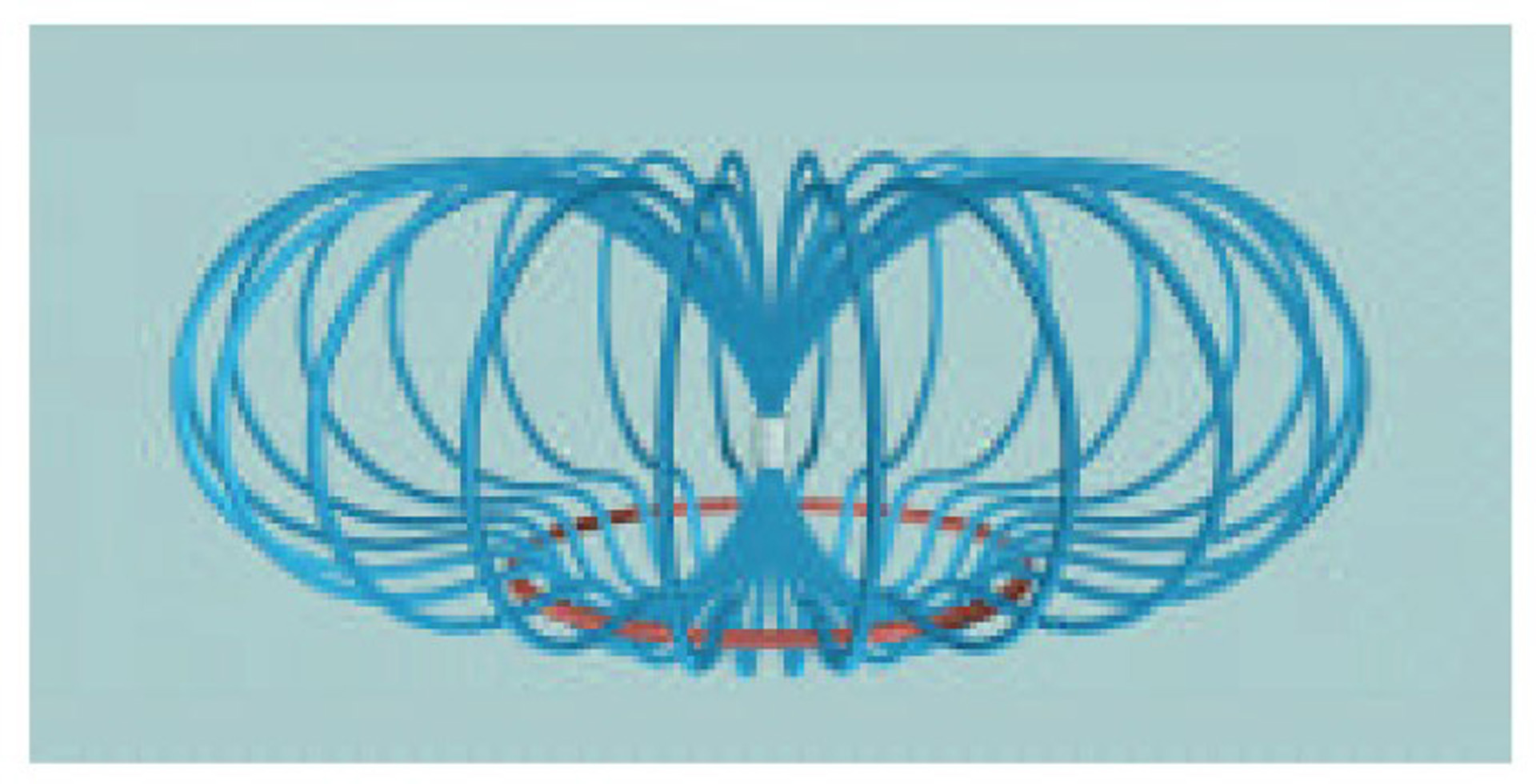“Using 3D Animation In Teaching Introductory Electromagnetism” by Belcher and Bessette
Conference:
Type(s):
Title:
- Using 3D Animation In Teaching Introductory Electromagnetism
Presenter(s)/Author(s):
Abstract:
Classical electromagnetism is a fundamental underpinning of a technical education, but one of the most difficult subjects for students to master. It is also a subject in which mathematical complexity quickly overwhelms physical intuition. With the aid of animation, we are developing a treatment of electromagnetism designed to help students develop intuition about the dynamics of electromagnetic phenomena, in a manner independent of advanced mathematics.
Laurillard2 cites two key criteria for selecting subjects in the college curriculum for this kind of treatment. To justify the extensive resources required for technological development, the subject must be: widely taught and widely acknowledged to present difficulties for students. In the standard science and engineering curriculum, classical electromagnetism satisfies both of these criteria. It is widely taught and also widely misunderstood. Why is this? It is because students have few pre-existing models for electromagnetic phenomena or of the concept of fields. Since much of our learning is done by analogy, 5 students have a hard time constructing conceptual models of the material they are trying to absorb. The standard textual approach to teaching this subject does little to help students establish such conceptual models, because a purely textual approach does little to connect the dynamics of electromagnetic fields to the student’s everyday experience.
Acknowledgements:
This work is supported by National Science Foundation Grant 9950380, an MITClass of 1960 Fellowship, The Helena Foundation, the MIT Classes of 51 and 55 Funds for Educational Excellence, the MITSchool of Science Educational Initiative Awards, and MITAcademic Computing.





